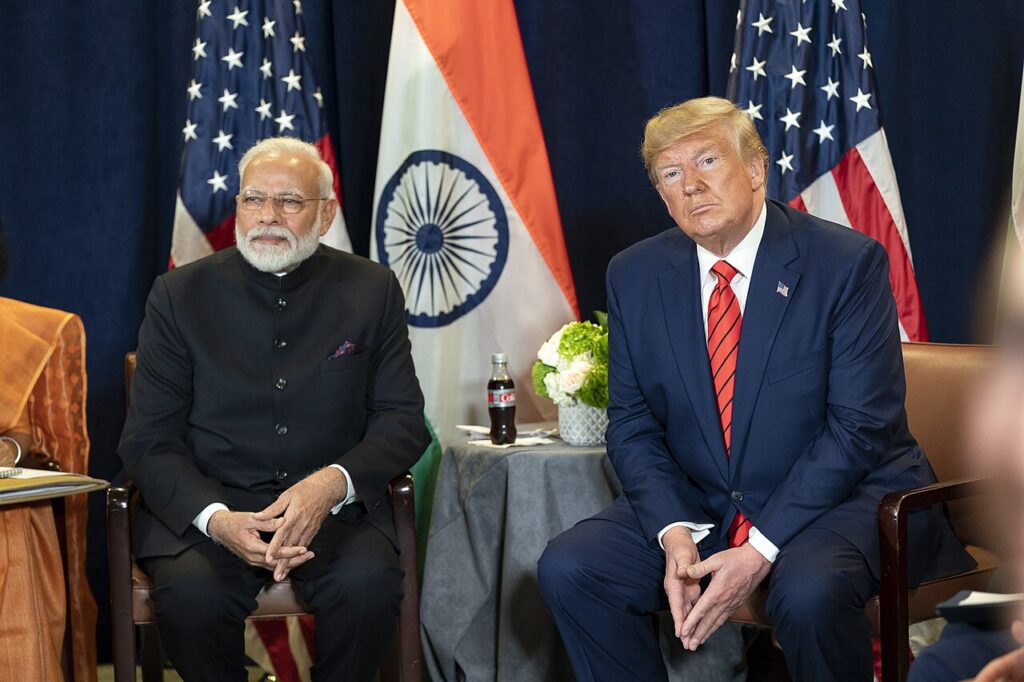Trump Slaps 50% Tariff on India for Buying Russian Oil: A Geopolitical Power Play
In a dramatic escalation of U.S. trade policy, President Donald Trump has ordered a 50% tariff on Indian imports in retaliation for India’s continued purchase of Russian oil — a move that has sent shockwaves through global markets and rattled diplomatic corridors from Washington to New Delhi.
The executive order, signed late Wednesday night, cites “national security concerns and the undermining of Western sanctions” as key reasons behind the move. Trump accused India of “funding America’s enemies” by purchasing discounted crude from Moscow, despite repeated warnings from Washington.
India’s Energy Realpolitik
India has defended its decision to buy Russian oil, pointing to economic necessity and energy security. Since the onset of the Ukraine war, India has significantly ramped up its purchases of discounted Russian crude — a strategy that has helped cushion its economy from global oil price spikes.
Officials in New Delhi were quick to respond. “India makes decisions based on its national interest,” said External Affairs Minister S. Jaishankar. “We do not accept coercion, whether by tariffs or threats.”
Trump’s Return to Trade Wars
This move is the latest in Trump’s return to “America First” economic policies, reminiscent of his first term when he waged high-profile trade battles with China, the EU, and even allies like Canada. Analysts suggest that the Indian tariff hike is a calculated geopolitical move to pressure nations into aligning more strictly with U.S.-led sanctions on Russia.
But critics warn it could backfire.
“India is not China. It’s a strategic partner and a counterweight to Beijing,” said Michael O’Hanlon of the Brookings Institution. “This could damage long-term U.S.-India ties and push India closer to Moscow.”
Economic Fallout
Markets reacted sharply. Indian stocks tumbled on news of the tariff, particularly in export-heavy sectors like IT services, textiles, and pharmaceuticals. Meanwhile, U.S. companies that rely on Indian supply chains expressed concern.
“Tariffs like these don’t just punish foreign nations. They hurt American businesses and consumers,” said an executive from a major U.S. retail chain.
Oil prices, however, saw a brief uptick, reflecting concerns that further disruptions in global energy flows could follow if India scales back Russian oil purchases under pressure.
What’s Next?
The Indian government has reportedly called an emergency cabinet meeting to assess its options. While retaliatory tariffs are possible, some insiders suggest India may appeal to the World Trade Organization or seek a diplomatic workaround.
Meanwhile, Trump’s message to the world is clear: when it comes to Russia, you’re either with us — or you’re going to pay.
Closing Thoughts
This latest move underscores the complex entanglement of geopolitics, energy policy, and trade. As the U.S. doubles down on economic warfare to isolate Russia, the world’s largest democracies find themselves at odds — and the global balance of power continues to shift.
Stay tuned as we track reactions from New Delhi, Moscow, and Brussels — because this is a story that’s just getting started.

